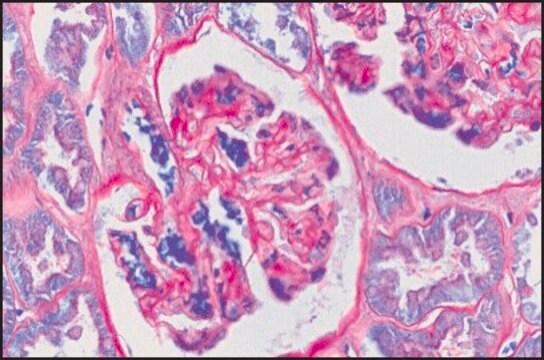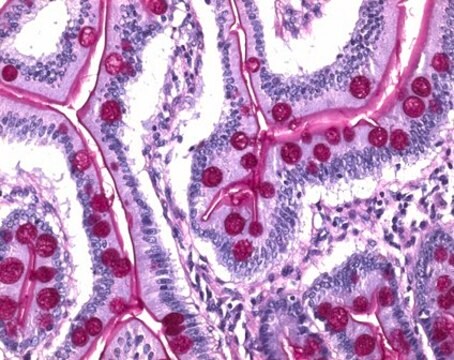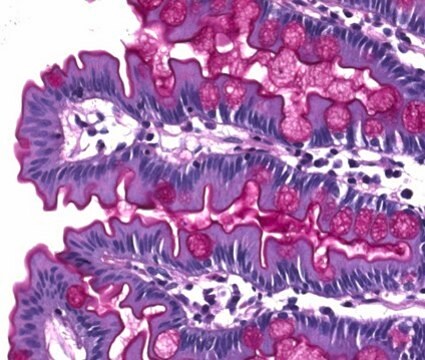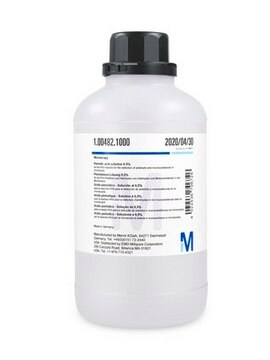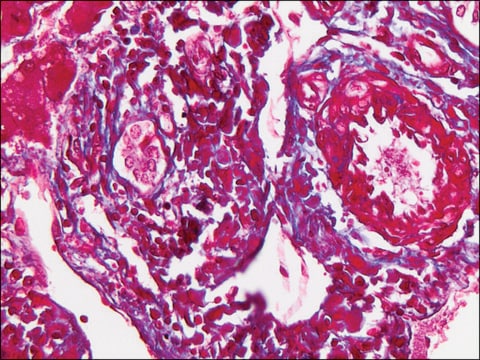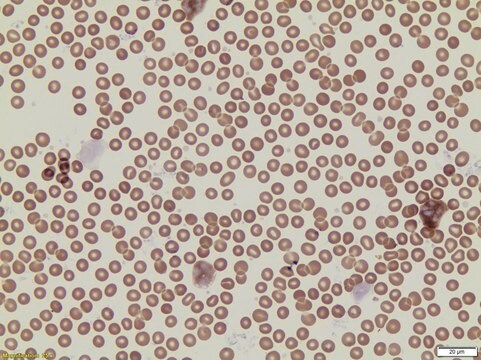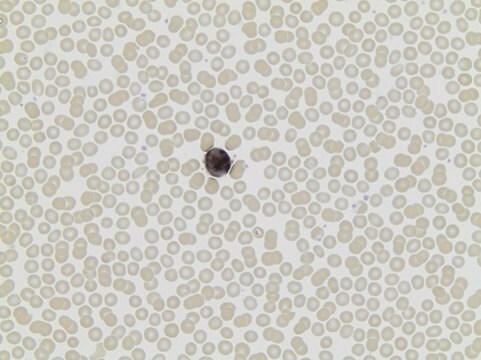395B
Periodic Acid-Schiff (PAS) Staining System
About This Item
Polecane produkty
okres trwałości
Expiry date on the label.
IVD
for in vitro diagnostic use
dilution
(for histology)
Zastosowanie
hematology
histology
Warunki transportu
wet ice
temp. przechowywania
2-8°C
Zastosowanie
Tylko elementy zestawu
- Hematoxylin Solution, Gill No. 3 (kit only) 100 mL
- Periodic Acid Solution (395-1) 2 x 100
- Schiff's Reagent (kit only) 4 x 50
produkt powiązany
Hasło ostrzegawcze
Danger
Zwroty wskazujące rodzaj zagrożenia
Zwroty wskazujące środki ostrożności
Klasyfikacja zagrożeń
Acute Tox. 4 Oral - Aquatic Chronic 3 - Carc. 1B - Eye Dam. 1 - Met. Corr. 1 - Skin Corr. 1 - STOT RE 2 Oral
Organy docelowe
Kidney
Kod klasy składowania
6.1C - Combustible acute toxic Cat.3 / toxic compounds or compounds which causing chronic effects
Klasa zagrożenia wodnego (WGK)
WGK 3
Wybierz jedną z najnowszych wersji:
Masz już ten produkt?
Dokumenty związane z niedawno zakupionymi produktami zostały zamieszczone w Bibliotece dokumentów.
Klienci oglądali również te produkty
Produkty
Barwniki grzybicze pozostają ważnym narzędziem w arsenale diagnostycznym laboratorium histologicznego do identyfikacji mikroorganizmów zakaźnych.
Fungal stains remain an important tool in the histology laboratory's diagnostic arsenal for identifying infectious microorganisms.
Nasz zespół naukowców ma doświadczenie we wszystkich obszarach badań, w tym w naukach przyrodniczych, materiałoznawstwie, syntezie chemicznej, chromatografii, analityce i wielu innych dziedzinach.
Skontaktuj się z zespołem ds. pomocy technicznej